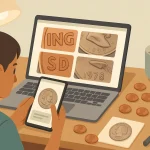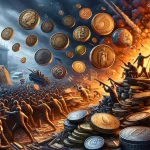Understanding the Intrinsic Value of Rare Coins
Uncovering the Magic Behind Rare Coins
Picture this: a small, weathered coin resting in your hand. At first glance, it’s just metal—an object of little consequence. But lean in closer. That coin might carry whispers of ancient empires, wartime survival, or pivotal trade routes. The intrinsic value of rare coins isn’t just about the shimmer of gold or silver; it’s the stories they hold that truly captivate.
Collectors know this well. A coin’s worth can sprout from surprising roots, such as:
- Historical rarity: Minted during a fleeting moment in time, never to be replicated.
- Minting errors: When imperfections become unique artforms, rather than flaws.
- Cultural significance: Coins celebrating revolutions, monarchs, or national milestones.
A great example? The 1933 Double Eagle. This U.S. coin was never officially released, making each surviving piece a symbol of mystery and untapped legacy. It’s more than a relic—it’s a key to history.
Why the Emotional Pull Matters
Coins also embody deeply personal connections. Perhaps it’s the thought of how many hands a Roman denarius passed through, or envisioning a Spanish doubloon buried under sand until pirates unearthed it centuries later. Rare coins inspire awe because they make history tangible, right there between your fingertips.
Historical Context Behind Iconic Rare Coins
![]()
Unveiling the Stories Behind Legendary Coins
Have you ever held a coin and wondered what tales it might tell? Some rare coins are more than just hunks of precious metal—they’re time capsules, whispering secrets from bygone eras. Take the coveted 1794 Flowing Hair Silver Dollar, for instance. It’s not just America’s first-ever silver dollar; it’s a symbol of a fledgling nation declaring its identity to the world. Owning this isn’t just owning currency—it’s holding a piece of revolutionary ambition in your hands.
Or consider the mysterious allure of the 1933 Saint-Gaudens Double Eagle. It was minted during the Great Depression, an era saturated with struggle and resilience. But thanks to President Roosevelt’s ban on gold ownership, almost all were melted down, making the surviving few the stuff of legend—and controversy. Each remaining coin is a survivor of turmoil, an artifact of friction between government policy and individual freedoms.
- The Widow’s Mite, dating back to biblical times, reminds us of ancient faiths and economies.
- The Spanish Pieces of Eight, once the global trade standard, carry echoes of pirate adventures and colonial empires.
Rare coins don’t just sit silently in display cases; they pulse with the energy of human history.
The Cultural and Economic Impact of Rare Coins
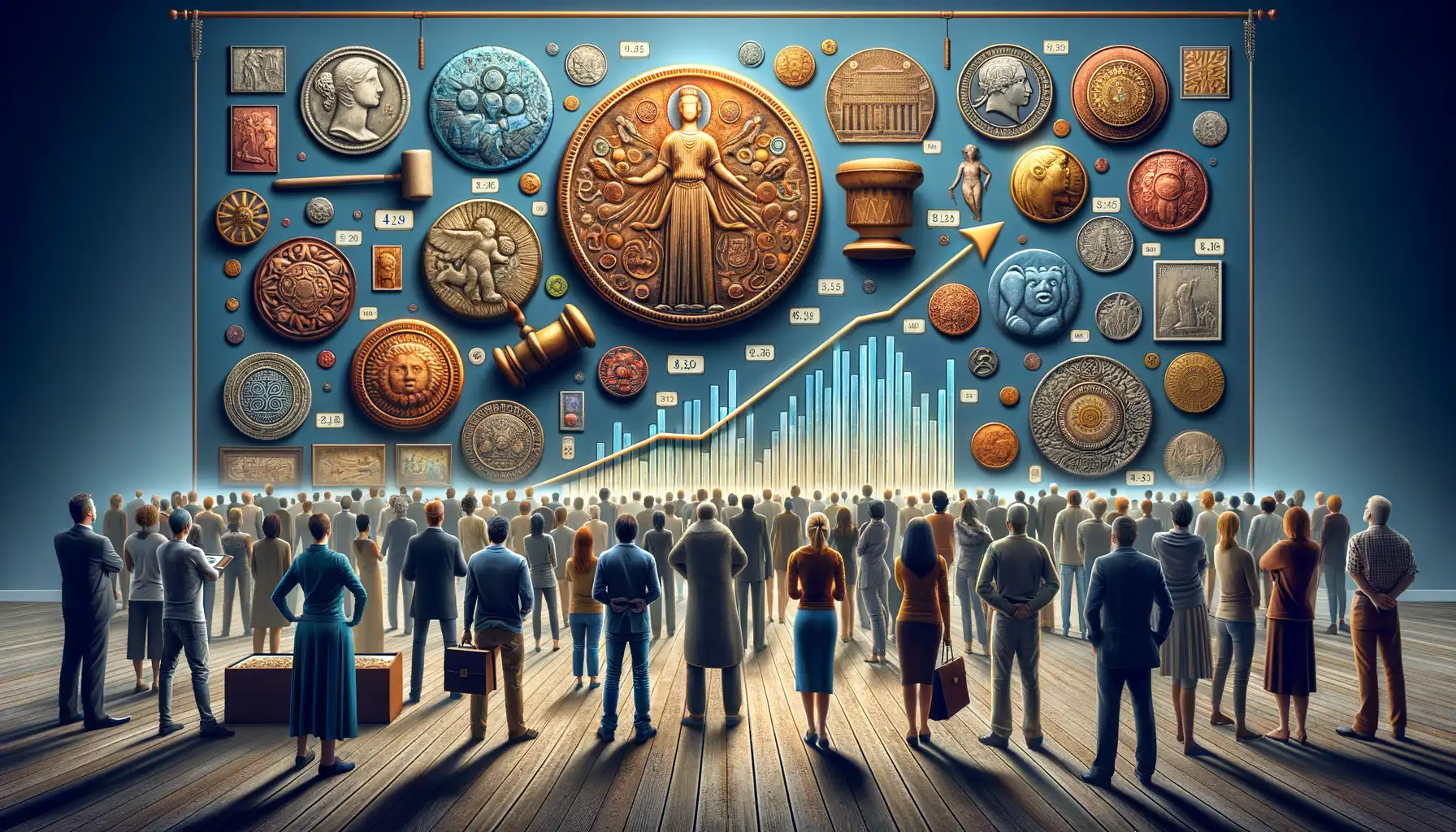
The Stories Rare Coins Tell About Our Cultures
What if I told you that a simple coin could whisper secrets about lost empires, ancient trade routes, or even forgotten revolutions? Rare coins are like miniature time capsules, embossed with the cultural DNA of their eras. Take the illustrious Spanish Doubloon, for example—it’s not just a shiny token; it’s a relic of a global age, when fleets crossed oceans in search of treasure. Or how about the iconic Lincoln Wheat Penny? It’s more than pocket change; it’s a piece of Americana, minted during a turbulent time in U.S. history.
Beyond their beauty, these coins reflect languages, traditions, and even artistry from across the globe. Imagine holding a coin used in bustling medieval markets or exchanged during the Renaissance. You’re not just holding metal—you’re holding humanity’s shared past.
Rare Coins as Economic Treasures
Let’s talk money—literally. Rare coins aren’t just culturally significant; they also pack a powerful economic punch. Collectors and investors alike covet these treasures, driving up their value. Here are some reasons why their economic impact is staggering:
- High demand, limited supply: Some coins exist in mere dozens, making them irresistible to enthusiasts worldwide.
- A hedge against inflation: Unlike paper currency, rare coins often hold or increase their value over time.
- Global connections: The coin market spans continents, linking passionate collectors from Tokyo to Toronto.
Just think—one coin auction can draw millions of dollars, turning this hobby into a thriving industry. Rare coins are where history meets hustle, and that blend is nothing short of electrifying.
How to Identify and Authenticate Rare Coins
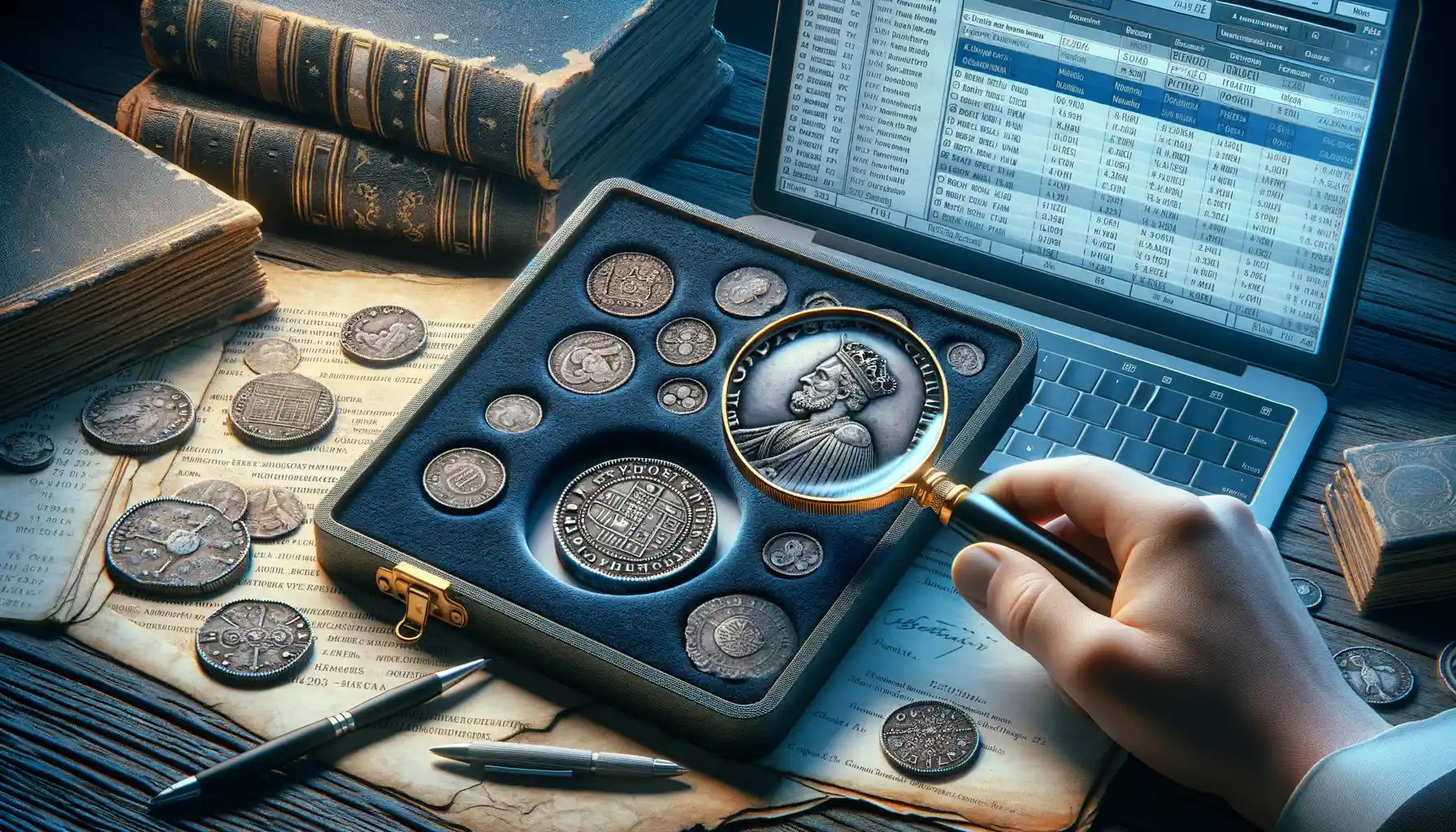
Spotting the Subtle Clues of Genuine Rare Coins
Holding a rare coin can feel like shaking hands with history—but how do you know it’s the real deal? Authenticating a coin is part detective work, part science, and yes, part art. The tiniest detail can reveal whether you’re looking at a treasure or a well-crafted counterfeit.
Start by examining its weight and size. A genuine coin will align perfectly with its historical specifications. If the coin feels too light or slightly off in dimension, that’s your first red flag. Next, inspect the edges—most mints have distinct edge patterns, from reeded to plain. These can be tricky to replicate, so don’t skip this step.
Another critical element? The surface. Use a magnifying glass to observe the coin’s design closely. Look for inconsistencies in lettering or decorative elements. Fractions of a millimeter make all the difference in authenticity.
- Patina: Older coins often develop a natural oxidation layer. Artificial ones? They tend to look forced.
- Strike quality: Original coins from renowned mints boast crisp, detailed strikes. Uneven designs can point to forgery.
The Power of Provenance and Expert Tools
Sometimes, your eyes alone aren’t enough. That’s when provenance—the coin’s ownership history—comes into play. Ask for any accompanying documentation, such as certificates from trusted organizations like the Professional Coin Grading Service (PCGS) or Numismatic Guaranty Company (NGC). A paper trail is a collector’s best friend.
Need more tech? Tools like spectrometers can test a coin’s metal composition, while digital microscopes can unveil intricate details invisible to the naked eye. For beginners, even a simple loupe and accurate scale can be game-changers.
And remember: it’s okay to call in reinforcements. Experienced numismatists or dealers can serve as mentors, helping you navigate this fascinating, yet intricate world. Rare coins demand respect—and a little help never hurts!
Building a Collection: Tips for Coin Enthusiasts
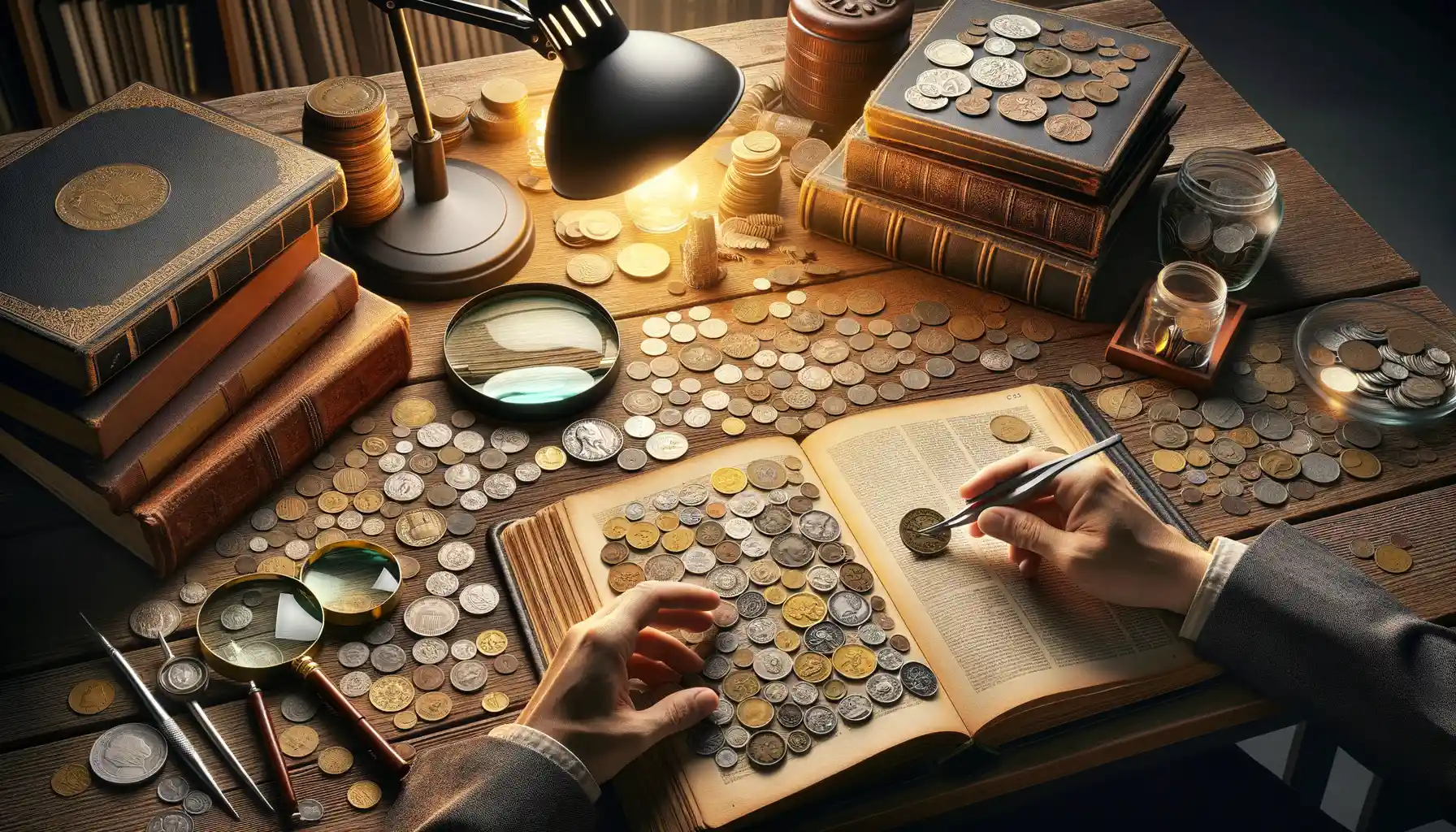
Where Passion Meets Strategy
Building a coin collection is like weaving your own tapestry of history—every piece you add carries a story, a whisper from the past. But where do you start? Dive in with intention and curiosity! The first step is choosing your focus. Are you drawn to coins from a specific era, country, or theme? Maybe the glittering allure of gold sovereigns speaks to your heart, or perhaps the humble charm of wartime currency sparks your curiosity.
Now for the fun part: the hunt! Seek out coins at auctions, online marketplaces, or local coin shows. But remember, this isn’t just about acquiring shiny treasures. A true collector asks questions, digs into the backstory, and lets the thrill of discovery guide the way.
- Set a budget: Start small; even modest coins can carry immense historical value.
- Document your collection: Use a digital spreadsheet or a leather-bound journal to track details like origin, condition, and price.
- Network: Connect with other collectors—they might share tips or lead you to hidden gems.
The Joy of Timeless Curiosities
Don’t just stash your coins in a dark vault! Showcase them with pride. Invest in cases or albums that not only protect but also highlight each coin’s beauty. Imagine opening a display case and being transported, as though stepping into a time machine. That Roman denarius? It may have passed through the hands of a soldier, merchant, or emperor. The coin you hold isn’t just metal—it’s a relic, a witness to the tides of history.
Above all, let your collection reflect you. Whether it’s a few treasured pieces or hundreds, each coin is a testament to your passion and curiosity. Let them tell their tales and inspire others to embark on their own collecting adventures!

